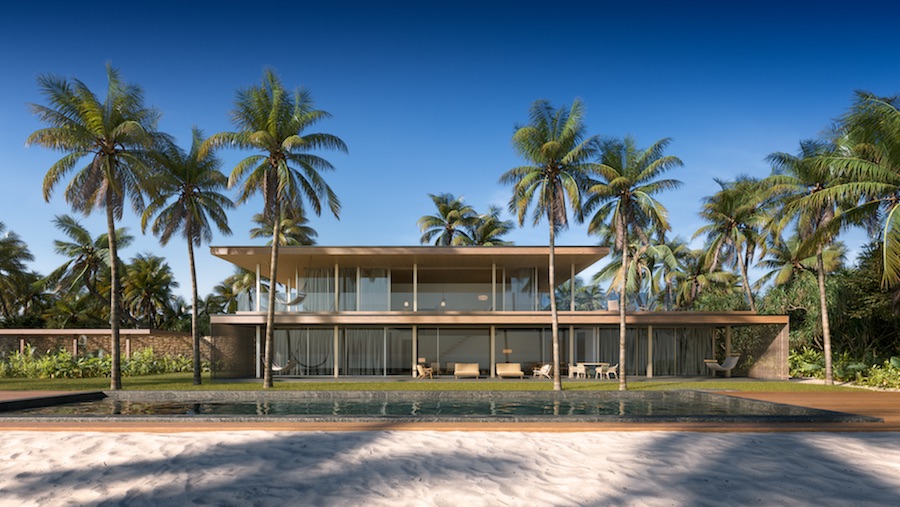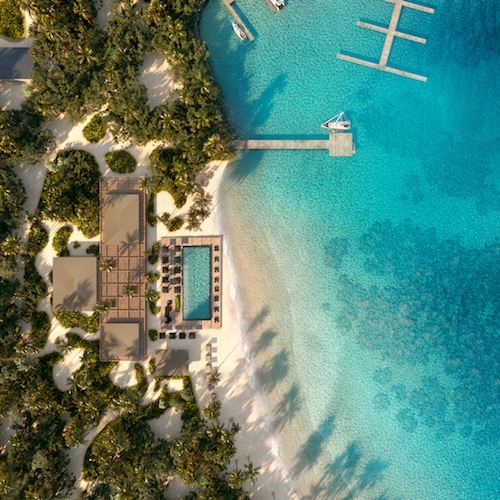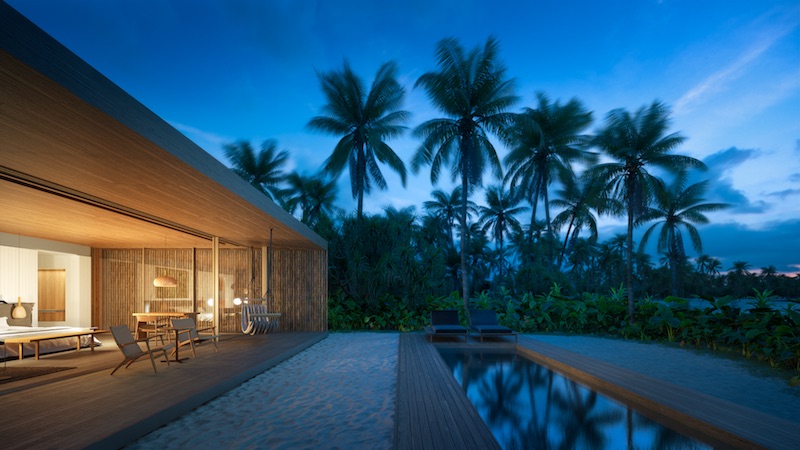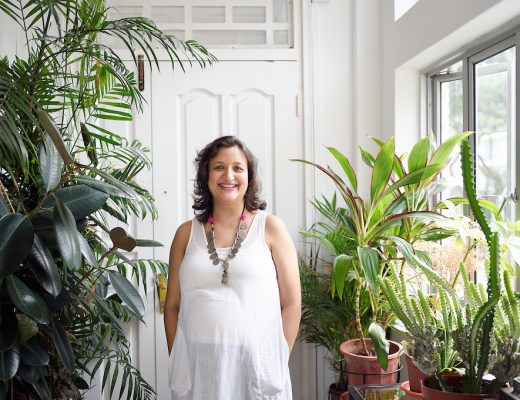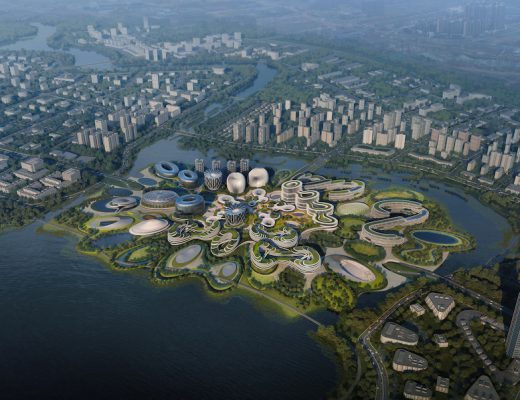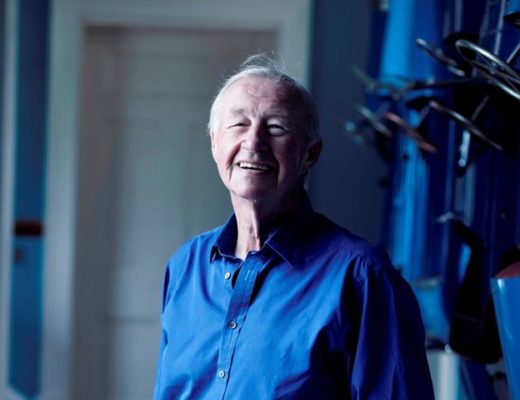Designed by the renowned Brazilian practice Studio MK27, led by architect Marcio Kogan, the Patina Maldives, a luxury lifestyle brand of the Capella Group, is scheduled to open in the second quarter of 2021. Set in the new Fari Islands archipelago in North Male Atoll, Patina Maldives is a 50-minute luxury boat transfer from Malé International Airport, and is joined by two other luxury resorts for discerning travellers. At the heart of the luxury experience lie the twin communal amenity centres – the Fari Marina Village and Fari Beach Club. A member of the exclusive Design Hotels collection, the hotel offers 90 contemporary one- to three-bedroom beach and water pool villas, alongside 20 Fari Studios.
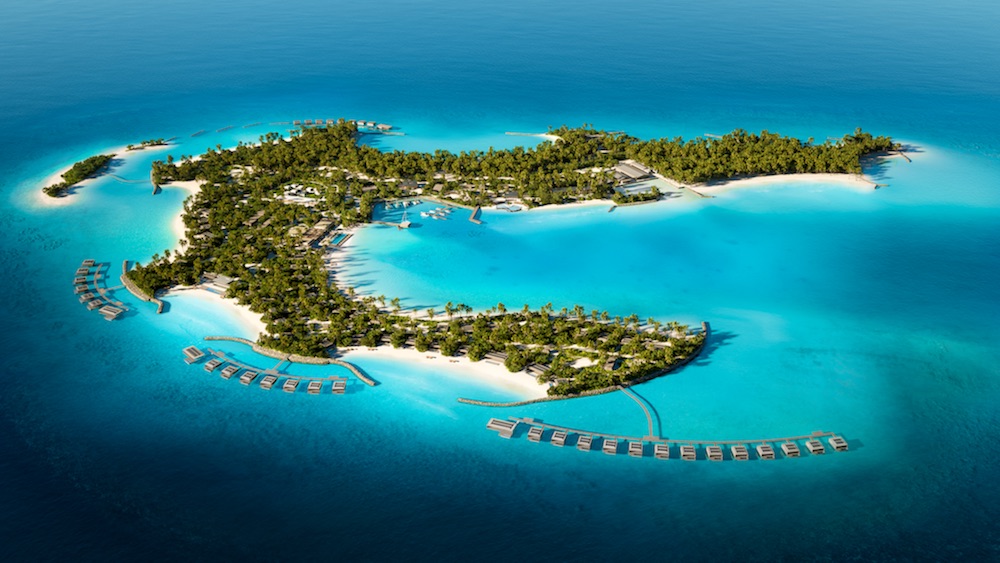
One of the islands is home to a hospitality campus, called the Fari Campus which is a dedicated island for staff with a focus on community, education, and engagement, and is the first of its kind in the Maldives. The brand is also launching a second property in Ubud, Bali.
DE51GN speaks to Mr Kogan and his team members, Renata Furlanetto, who worked on the architecture, and Diana Radomysler and Pedro Ribeiro from the interior division at Studio MK27 about Patina Maldives’ distinct appeal, thanks to its nature-centric design and a balance between solitude and togetherness brought forth through a sustainable approach.
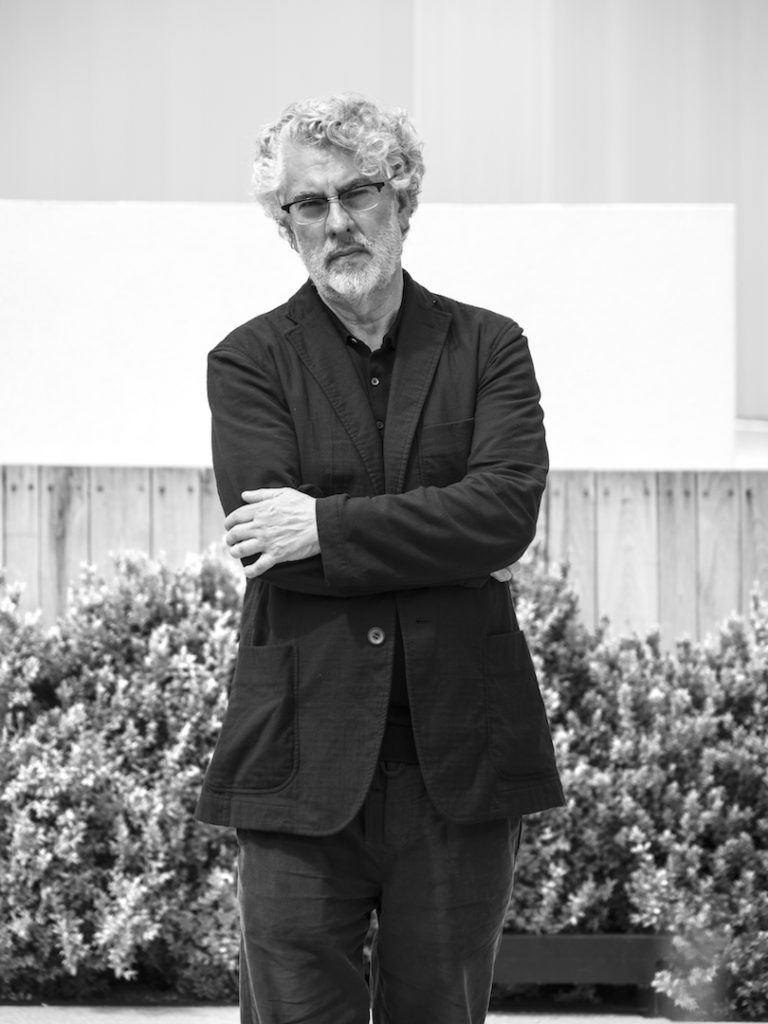
What was your initial brief for the design of Patina Maldives?
Marcio Kogan (MK): In every meeting, we would talk more about food, music, art, feelings rather than just architecture. The brief was always open and inspiring.
Why did you think it was important for the design of Patina Maldives to have such a strong connection to nature?
MK: Lelé [João Filgueiras Lima], one of the lesser-known but brilliant Brazilian architects, once said: “The role of architecture is to avoid disaster.” In the Maldives, with the sand, skies and ocean, all architecture can do is humbly filter the lights, frame the views, creating different narratives as one strolls around the magnificent surroundings.
Can you provide examples of spaces that you have created for people to bond with nature?
MK: We like to think of culture and the built environment, as part of nature. Our most recent sand house is a dear example. We try not to impose geometry over nature, but to have them perfectly bond.
Where do you personally think is the best spot on the resort?
MK: I see a few moments of subtlety and emotion: the view of the framed sky at the very centre of the James Turrell pavilion. The delicate presence of a tiny flower stand, as you enter the village. A low chair under a tree shadow, overlooking the most beautiful bright shade of blue water in the world, listening to Chet Baker. Can it get any better?
Are there any trends that you see potentially altering the industry?
MK: We see a growing trend of attention to the connection with the place and culture, the importance of uniqueness and authenticity. The special role of wellness, places to exercise and meditate, a generous bathing room with a view. And most recently, of course, the need for open-air spaces, a deep integration of inside-out, spaces that are welcoming and poetic, rather than sculptures. We also see it as an ultimate stage for voyeurism, for observation of ourselves from a distance, and therefore to reconnect with ourselves and the others.
How do you define ethical luxury?
Diana Radomysler (DR): Luxury is no longer a tangible thing. Consumers expect upscale hotel brands to provide a positive contribution to their environment and social ecosystems, being responsible, ethical, and sustainable. Patina Maldives island is self-sustaining and the uniquely attentive and cordial service is due to the training of the local population. Guests are knowledgeable and conscious of the meaning and experience attached to luxury. The key is to be authentic; it’s mostly going back to essentials.
The Maldives has a fragile ecosystem. What have been your design strategies for Patina Maldives to build with minimum impact on the site and its surroundings?
Renata Furlanetto (RF): Our main concern was to reduce waste and fast-track the building process. For the villas, which represent more than 60% of the constructed area, the structure was designed in cross-laminated timber (CLT). It is a very Industrialised process that Is fully fabricated in the factory and just assembled on site.
Biophilia, which underscores the design of the Patina Maldives, has become a loosely used word in the design lexicon. But you have been designing biophilic spaces that respect nature before it became a trend. How do you incorporate biophilia into your work?
DR: For Patina Maldives, we recreated a relationship between humans and nature that has existed for thousands of years. In our architecture, there is no difference between interior and exterior. A see-through linen curtain removes the boundaries between indoors and outdoors. We have brought the Maldives’ nature into the rooms through commissioned artwork by Brazilian photographer Cassio Vasconcelos.
The space becomes a joyful experience for the senses, brought by natural materials such as wood and stones, calm colours and organic fabrics, all of them bathed by multiple shades from a wide variety of different straw light pendants.
“The project was finished when the Covid-19 pandemic started but on the site itself, the construction was still running and had to adapt to some new deadlines. But from the beginning, Patina Maldives was imagined as a place to be together in isolation. Which is exactly what people are searching for in the post-pandemic era.”
Renata Furlanetto, StudioMK27 Architecture
Do you see the Covid-19 pandemic impacting your design decisions on this project? If yes, in what way? How has the pandemic changed the way we perceive hotel design?
RF: The project was finished when the Covid-19 pandemic started but on the site itself, the construction was still running and had to adapt to some new deadlines. But from the beginning, Patina Maldives was imagined as a place to be together in isolation. Which is exactly what people are searching for in the post-pandemic era.

What is the Maldives’ vernacular design – building and materials – heritage, and how have you used them in this project?
RF: The vernacular design in the Maldives basically comes from the fishing villages spread among the islands, that sometimes one can’t even notice from the sea. Coral stone walls, wooden roof structures were some of the natural materials available to build and set an architecture fully integrated with nature. That was our biggest Inspiration, to respect nature and allow the guest to enjoy such a special place.
What are the biggest challenges working on this project?
Pedro Ribeiro (PR): The biggest challenge was the variety of scales and the attention we gave to each one of them – from the master plan to the door handle. We wanted to keep the coherence throughout the scales, while also imprinting our studio’s DNA.
Furthermore, the distance between all the stakeholders (client, architecture studio, landscape studio, lighting design studio) and the Maldives, and mainly the different time zones, was also a challenge during the process.

What are the three most important elements in this luxury resort from both the design and guest experience point of view?
PR: The villas are the key elements of this resort. The guests will live powerful experiences there – diving in the pool, laying down in the bed facing the sea views or taking a relaxing shower watching the stars. Our project tries to enhance the living experience in every single way.
Where do you personally think is the best spot on the resort?
MK: I see a few moments of subtlety and emotion – the view of the framed sky at the very centre of the James Turrell pavilion. The delicate presence of a tiny flower stand, as you enter the village. A low chair under a tree shadow, overlooking the most beautiful bright shade of blue water in the world, listening to Chet Baker. Can it get any better?
“We have always been influenced by the radical force of Brazilian Modernism that started at the end of the ’30s – from its elegant sobriety to the intense integration between interiors and exteriors.”
Marcio Kogan, founder, StudioMK27
How does your Brazilian heritage influence your overseas projects?
MK: We have always been influenced by the radical force of Brazilian Modernism that started at the end of the ’30s – from its elegant sobriety to the intense integration between interiors and exteriors.
Many sustainable elements that are worshipped nowadays, such as cross-ventilation, have always been incorporated in our projects. Some projects are adapted to colder regions, but the tropical charm remains.

Who are the architects you admire and why?
MK: The Brazilian Modernist architects as Oscar Niemeyer, Lucio Costa, Vilanova Artigas, Afonso Eduardo Reidy, Rino Levi, Paulo Mendes da Rocha, Lina Bo Bardi, and so many others. Their works show the power of Brazilian Modernist architecture.
Mies van der Rohe may be my God. The new Japanese architecture also lights up my eyes.
Which are your favourite hotels and why?
MK: I don’t like extremely luxurious hotels. Instead I prefer places with charm and flawless service without being too extra – those places make me feel good. For example, Le Pavillon de La Reine in Paris is very charming; Hotel Principe de Savoia in Milano is elegant and with flawless service; The Standard Spa in Miami is very sexy; Number Sixteen in London exudes a British charm; and I love to stay in the Andaz Tokyo Toronomon Hills in Tokyo, not only because I am visiting one of my favourite cities, but it has incredible service and a spectacular view from the guest suite on the 49th floor.
Project description:
Throughout the interiors, earthy colour palettes, subtle textures and matte surfaces are complemented by arcadian materials, such as wood, linen, rattan, paper cord, stone and natural fibres to create a dialogue with nature, and blur the boundaries between interior and exterior. The use of floor-to-ceiling Panoramah! sliding window systems allow the villas to be opened to the elements on all three sides – while touch-operated custom-made blackout blinds offer privacy and comfort. Millwork furniture customised by Studio MK27 exclusively for Patina Maldives incorporates subtle practical and aesthetic design features that elevate the in-room experience – from bed frames with integrated control panels to concealed device charging compartments. A selection of pieces from the world’s leading furniture designers imbue the spaces with individuality and luxury. These include furniture from Bassam Fellows, Lin Brasil, Gervasoni and Vitra for indoors, and Dedon, Carlos Motta, and Paola Lenti for the outdoors. Monolithic standalone twin vanities made from Nero Marquina marble and basins hewn from a single block of stone, offset by bespoke Italian porcelain tiles and al fresco free-standing double bathtubs add to the luxury setting. The piece de resistance of the project is the specially-commissioned light-filled James Turrell Skyspace pavilion.
You might also like:
Stickman Tribe designs a range of F&B venues and spa for Maldives luxury hotel
Kerry Hill Architects design another sublime Aman resort and spa in Hokkaido

